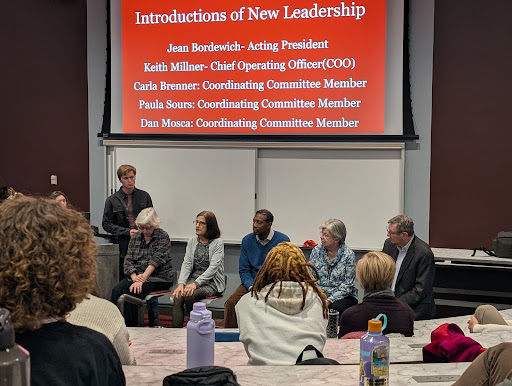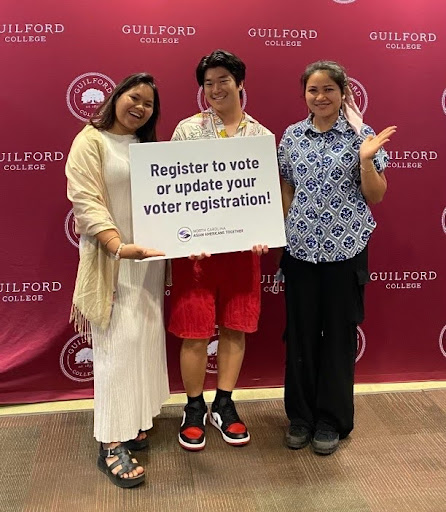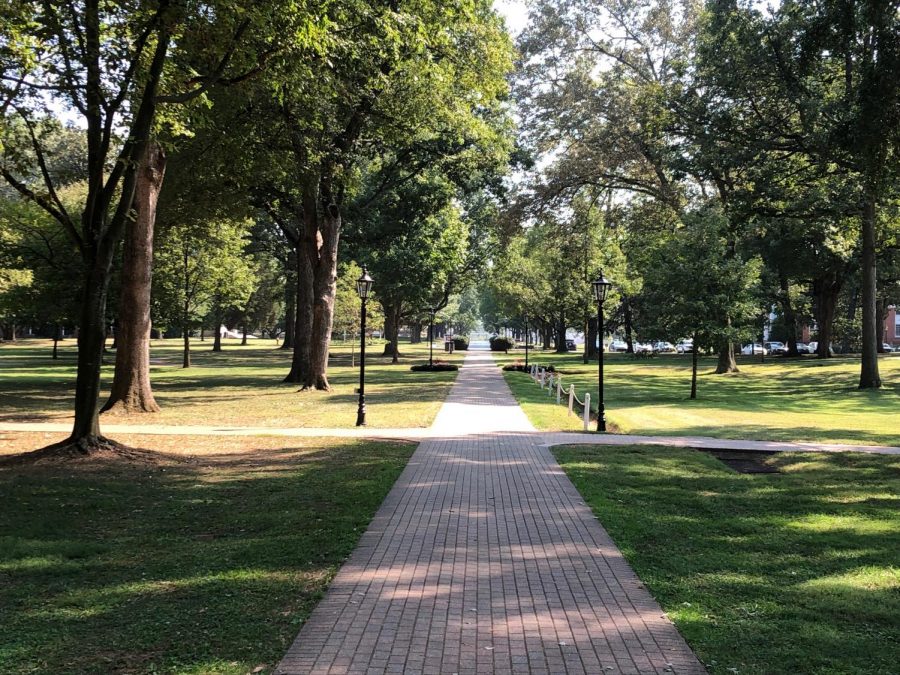COVID-19 affected everyone’s daily lives in many ways while it was around. It had a huge impact on campus life, but it is still affecting it, specifically college clubs.
A lot of in-person activities were limited because of quarantining so clubs moved online.
Going on three years now, there hasn’t been much rebuilding of clubs to make them more lively and present. There has also been a lack of resources so that clubs can provide themselves with the needed materials.
Even though the majority of campuses have returned to normal, students’ habits have not.
Now that college students are getting used to today’s society, which is more involved in social media and technology, there is a smaller chance of getting students away from that remote and hybrid-like environment and instead, engaging in outside, physical and fun club activities.
For students, the convenience of social media is instant and hard to beat. Social media platforms like Instagram, Snapchat and TikTok also offer opportunities for self-expression and connection that traditional clubs used to have. As a result, many students find themselves relying on these virtual spaces for socializing, leaving physical college clubs to have less engagement.
Not only did COVID and technology affect this decline in club participation, but so did workload, adult priorities, cost, lack of engagement, etc.
College clubs are designed to relieve the stresses of college life while fostering personal growth, offering leadership opportunities, promoting cultural awareness, building a supportive and trusting community, inspiring exploration of new interests, making a positive impact and, of course, ensuring members have fun!
But now, clubs aren’t seen that way. The majority of clubs are seen as a chore rather than an option, making students lose interest in taking part in any extra activities outside of their academic work.
Students are more likely to prioritize experiences that help their academic goals or future careers, often at the expense of clubs that might seem “irrelevant” or disconnected from their needs.
This shift in priorities has resulted in a loss of diversity in club offerings. Many traditional student clubs that were a big part of college life like hobby clubs, political clubs and social organizations are seeing a decrease in participation, while certain clubs that are made for specific career fields such as business, technology and finance are gaining popularity. Students today are looking for activities that benefit them, and clubs that don’t provide a clear connection to those benefits may find it harder to gain popularity.
Gaining attention for clubs on campus can be challenging, especially when faced with high maintenance costs, such as purchasing new equipment, and a scarcity of resources.
College clubs often require some type of funding, and some places have limited budgets for extracurriculars.
At Guilford College, each club has a budget determining how much they’re able to spend, but sometimes the budget is shortened or even unavailable completely.
Office of Student Leadership and Engagement (OSLE) coordinator Lisa Cook said, “It is very unfortunate that there are moments where some student organizations aren’t able to get the funding that they need and were promised, and sometimes that money goes to bigger events for the campus or it is just simply unable in that time, but as a community we try to make it work with what we have so those clubs don’t feel left out.”
Without resources and funding for events, advertising or even basic supplies, clubs are going to struggle to maintain interest or even just grow their membership. Some clubs also rely on student fees or volunteers to keep going, but if students aren’t motivated or interested in participating, this can become a continuous decline.
College is filled with adults — some eager to embrace new experiences, while others prefer to stick to what they know.
“Even on my first day of college, I was so happy to explore and try new things,” Guilford student Isis Cervantes said. “I was told joining clubs was the best chance at that and even today I still do partake in clubs but some clubs aren’t as vibrant as they were when I was a freshman.”
Having clubs in college is a part of the cultural experience. It’s like a package deal. Plus, there will always be people who want to get out and experience new things, and they shouldn’t have that opportunity taken away from them.
It is also hard to attract members when people don’t feel supported and cared for.
Overall, college club leaders feel like they need to be considered more by higher campus authorities and its attendees when it comes to funding, preparation, activities and energy. Even having more diverse types of clubs should be considered as well. Most importantly, getting the word out that clubs are meeting and announcing that they’re even a thing is a good start. Especially if it’s through an easy way to connect with others…hint at social media.
“My club and I really try our best to spread the word about our club and our events on social media, mostly Instagram because I know a lot of people like to use that app and it is easier to share information too,” said Pasca Pampu, president of ACSA club.
Even understanding the setbacks college clubs have undergone, putting in the effort to still keep them alive is better than eliminating them altogether.










